Prediction of Fracture Damage of Sandstone Using Digital Image Correlation
Abstract
Featured Application
Abstract
1. Introduction
2. Digital Image Correlation Technique
2.1. Working Principle of the DIC Technique
2.2. Implementation of DIC for Strain Measurement in This Study
3. Theoretical Modeling of Sandstone Failure with Hill–Tsai Criterion
4. Experiment Design
5. Experiment Results and Discussion
5.1. Scenario 1: Loading Rate at 0.1 MPa/s
5.1.1. Results on X-Direction Strain Dynamics
5.1.2. Results on Shear Strain and Y-Direction Strain Dynamics
5.2. Scenario 2: Loading Rate at 0.3 MPa/s
5.2.1. Results on X-Direction Strain Dynamics
5.2.2. Results on Shear Strain and Y-Direction Strain Dynamics
5.3. Contrasting Physical Experiment Results against Finite Element Analysis Outcomes
5.3.1. Model Development
5.3.2. Constraint Definition and Loading Method
6. Conclusions
Author Contributions
Funding
Conflicts of Interest
References
- Zhou, Z.; Cai, X.; Chen, L.; Cao, W.; Zhao, Y.; Xiong, C. Influence of cyclic wetting and drying on physical and dynamic compressive properties of sandstone. Eng. Geol. 2017, 220, 1–12. [Google Scholar] [CrossRef]
- Verstrynge, E.; Adriaens, R.; Elsen, J.; Van Balen, K. Multi-scale analysis on the influence of moisture on the mechanical behavior of ferruginous sandstone. Constr. Build. Mater. 2014, 54, 78–90. [Google Scholar] [CrossRef]
- Chen, X.; Yu, J.; Li, H.; Wang, S. Experimental and numerical investigation of permeability evolution with damage of sandstone under triaxial compression. Rock Mech. Rock Eng. 2017, 50, 1529–1549. [Google Scholar] [CrossRef]
- Wu, H.; Zhao, G.; Liang, W.; Wang, E.; Ma, S. Experimental investigation on fracture evolution in sandstone containing an intersecting hole under compression using DIC technique. Adv. Civ. Eng. 2019, 2019, 1–12. [Google Scholar] [CrossRef]
- Tating, F.; Hack, R.; Jetten, V. Weathering effects on discontinuity properties in sandstone in a tropical environment: Case study at Kota Kinabalu, Sabah Malaysia. Bull. Eng. Geol. Environ. 2015, 74, 427–441. [Google Scholar] [CrossRef]
- Ma, X.; Haimson, B.C. Failure characteristics of two porous sandstones subjected to true triaxial stresses: Applied through a novel loading path. J. Geophys. Res. Solid Earth 2017, 122, 2525–2540. [Google Scholar] [CrossRef]
- Peng, J.; Han, H.; Xia, Q.; Li, B. Evaluation of the pore structure of tight sandstone reservoirs based on multifractal analysis: A case study from the Kepingtage Formation in the Shuntuoguole uplift, Tarim Basin, NW China. J. Geophys. Eng. 2018, 15, 1122–1136. [Google Scholar] [CrossRef]
- Yue, Z.; Song, Y.; Li, P.; Tian, S.; Ming, X.; Chen, Z. Applications of digital image correlation (DIC) and the strain gage method for measuring dynamic mode I fracture parameters of the white marble specimen. Rock Mech. Rock Eng. 2019. [Google Scholar] [CrossRef]
- Lavrov, A.; Gawel, K.; Stroisz, A.; Torsæter, M.; Bakheim, S. Failure modes in three-point bending tests of cement-steel, cement-cement and cement-sandstone bi-material beams. Constr. Build. Mater. 2017, 152, 880–886. [Google Scholar] [CrossRef]
- Wang, H.; Xu, W. Relationship between permeability and strain of sandstone during the process of deformation and failure. Geotech. Geol. Eng. 2013, 31, 347–353. [Google Scholar] [CrossRef]
- Yang, L.; Wang, Y.; Lu, R. Advanced optical methods for whole field displacement and strain measurement. In Proceedings of the 2010 International Symposium on Optomechatronic Technologies, Toronto, ON, Canada, 25–27 October 2010; IEEE: Piscataway, NJ, USA, 2011. [Google Scholar]
- Francis, D.; Tatam, R.P.; Groves, R.M. Shearography technology and applications: A review. Meas. Sci. Technol. 2010, 21, 102001. [Google Scholar] [CrossRef]
- Peters, W.H.; Ranson, W.F. Digital imaging techniques in experimental stress analysis. Opt. Eng. 1982, 21, 427–432. [Google Scholar] [CrossRef]
- Chen, F.; Chen, X.; Xie, X.; Feng, X.; Yang, L. Full-field 3D measurement using multi-camera digital image correlation system. Opt. Lasers Eng. 2013, 51, 1044–1052. [Google Scholar] [CrossRef]
- Shao, X.; Dai, X.; Chen, Z.; He, X. Real-time 3D digital image correlation method and its application in human pulse monitoring. Appl. Opt. 2016, 55, 696–704. [Google Scholar] [CrossRef]
- Chen, F.; Zhuang, Q.; Zhang, H. Mechanical analysis and force chain determination in granular materials using digital image correlation. Appl. Opt. 2016, 55, 4776–4783. [Google Scholar] [CrossRef] [PubMed]
- Munoz, H.; Taheri, A. Specimen aspect ratio and progressive field strain development of sandstone under uniaxial compression by three-dimensional digital image correlation. J. Rock Mech. Geotech. Eng. 2017, 9, 599–610. [Google Scholar] [CrossRef]
- Song, H.; Zhang, H.; Kang, Y.; Huang, G.; Fu, D.; Qu, C. Damage evolution study of sandstone by cyclic uniaxial test and digital image correlation. Tectonophysics 2013, 608, 1343–1348. [Google Scholar] [CrossRef]
- Stirling, R.A.; Simpson, D.J.; Davie, C.T. The application of digital image correlation to Brazilian testing of sandstone. Int. J. Rock Mech. Min. Sci. 2013, 60, 1–11. [Google Scholar] [CrossRef]
- Lin, Q.; Labuz, J.F. Fracture of sandstone characterized by digital image correlation. Int. J. Rock Mech. Min. Sci. 2013, 60, 235–245. [Google Scholar] [CrossRef]
- Li, W.; Shaikh, F.; Wang, L.; Lu, Y.; Wang, K.; Li, Z. Microscopic investigation of rate dependence on three-point notched-tip bending sandstone. Shock Vib. 2019, 2019. [Google Scholar] [CrossRef]
- Wang, B.; Pan, B.; Lubineau, G. Some practical considerations in finite element-based digital image correlation. Opt. Lasers Eng. 2015, 73, 22–32. [Google Scholar] [CrossRef]
- Bomarito, G.F.; Hochhalter, J.D.; Ruggles, T.J.; Cannon, A.H. Increasing accuracy and precision of digital image correlation through pattern optimization. Opt. Lasers Eng. 2017, 91, 73–85. [Google Scholar] [CrossRef]
- Pan, B.; Qian, K.; Xie, H.; Asundi, A. Two-dimensional digital image correlation for in-plane displacement and strain measurement: A review. Meas. Sci. Technol. 2009, 20, 062001. [Google Scholar] [CrossRef]
- Su, Y.; Zhang, Q.; Xu, X.; Gao, Z. Quality assessment of speckle patterns for DIC by consideration of both systematic errors and random errors. Opt. Lasers Eng. 2016, 86, 132–142. [Google Scholar] [CrossRef]
- Valliappan, V.; Remmers, J.J.C.; Barnhoorn, A.; Smeulders, D.M.J. A numerical study on the effect of anisotropy on hydraulic fractures. Rock Mech. Rock Eng. 2019, 52, 591–609. [Google Scholar] [CrossRef]
- Hill, R. A theory of the yielding and plastic flow of anisotropic metals. Proc. R. Soc. A 1948, 193, 281–297. [Google Scholar]
- Wang, Q.; Yan, X.; Ding, S.; Huo, Y. Research on the interfacial behaviors of plate-type dispersion nuclear fuel elements. J. Nucl. Mater. 2010, 399, 41–54. [Google Scholar] [CrossRef]
- Das, S.; Shen, L. Experimental and numerical investigation of dynamic failure of sandstone under high strain rates. In Proceedings of the 23rd Australasian Conference on the Mechanics of Structures and Materials (ACMSM23), Byron Bay, Australia, 9–12 December 2014; Southern Cross University: Lismore, Australia, 2014; Volume II, pp. 1057–1062. [Google Scholar]
- Wang, E.; Shen, Z. Lifecycle energy consumption prediction of residential buildings by incorporating longitudinal uncertainties. J. Civ. Eng. Manag. 2013, 19, 161–171. [Google Scholar] [CrossRef]


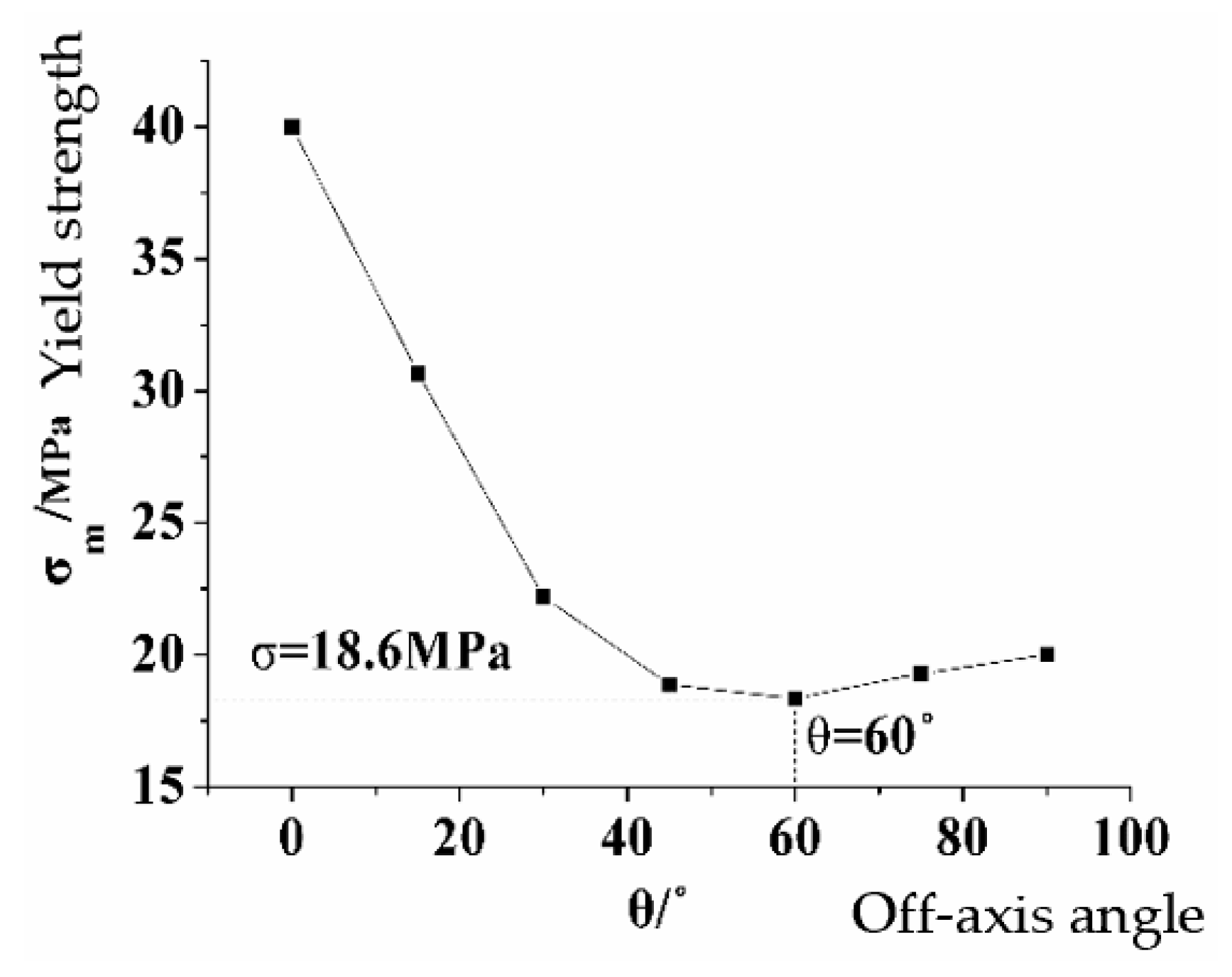
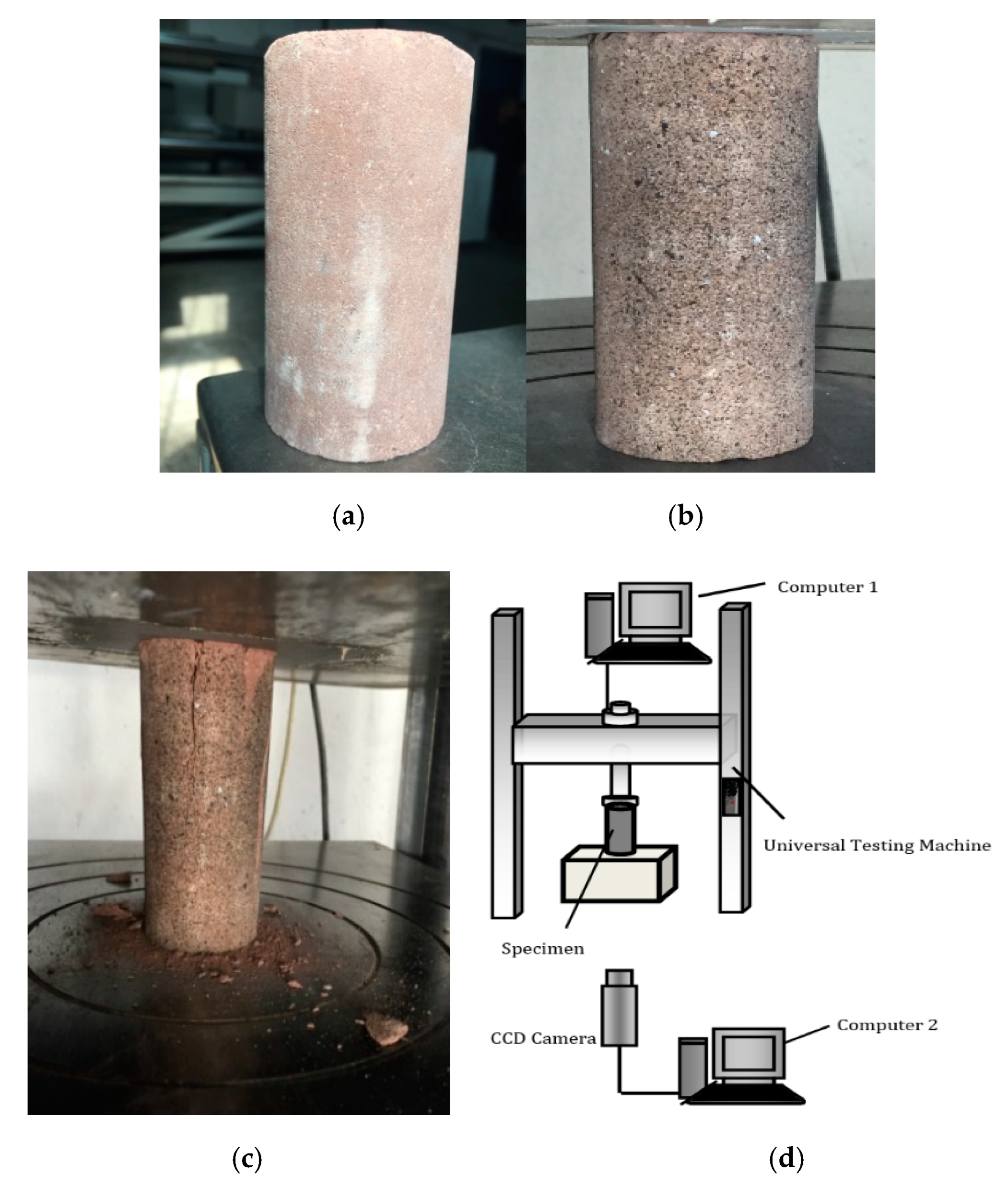
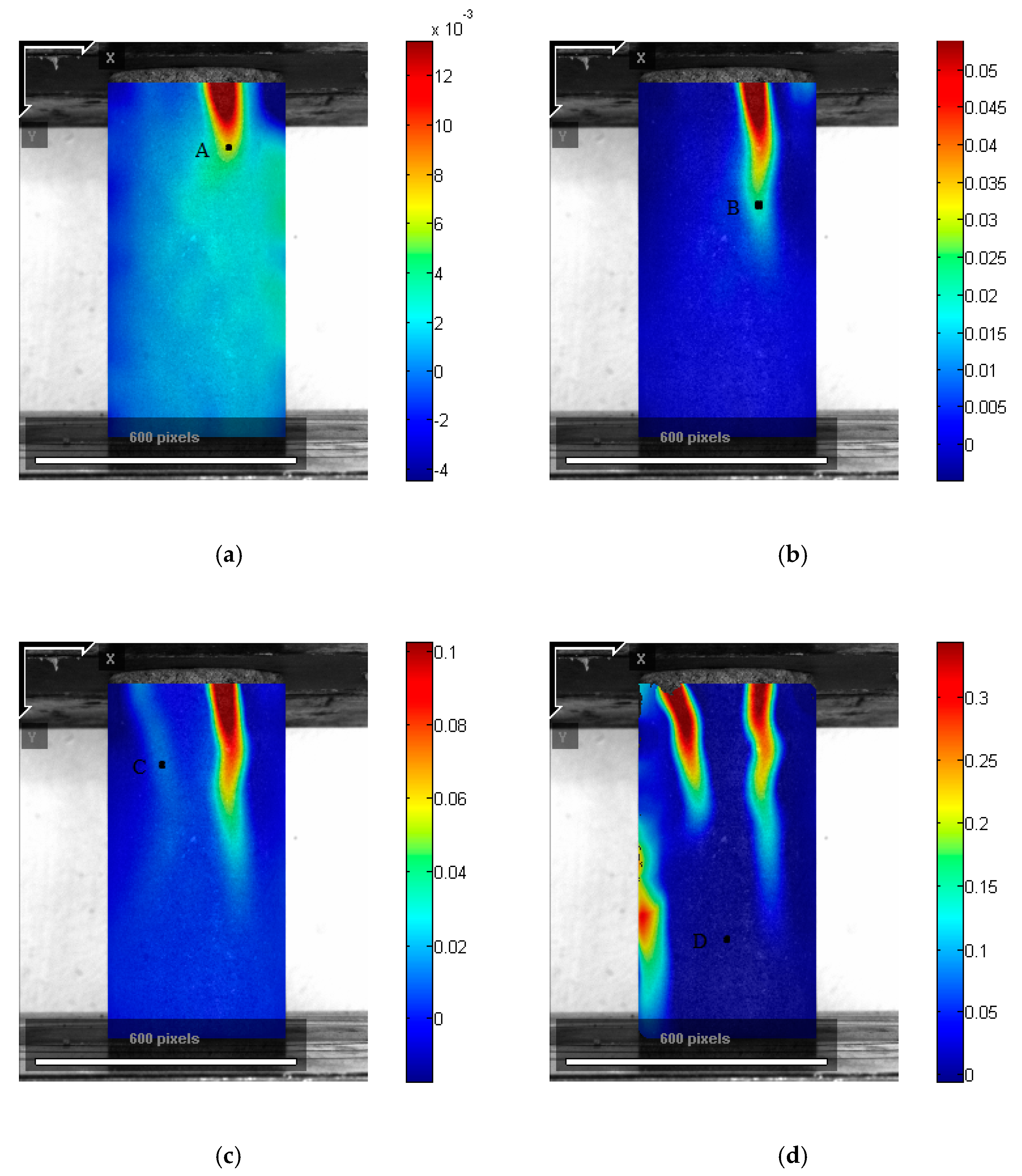
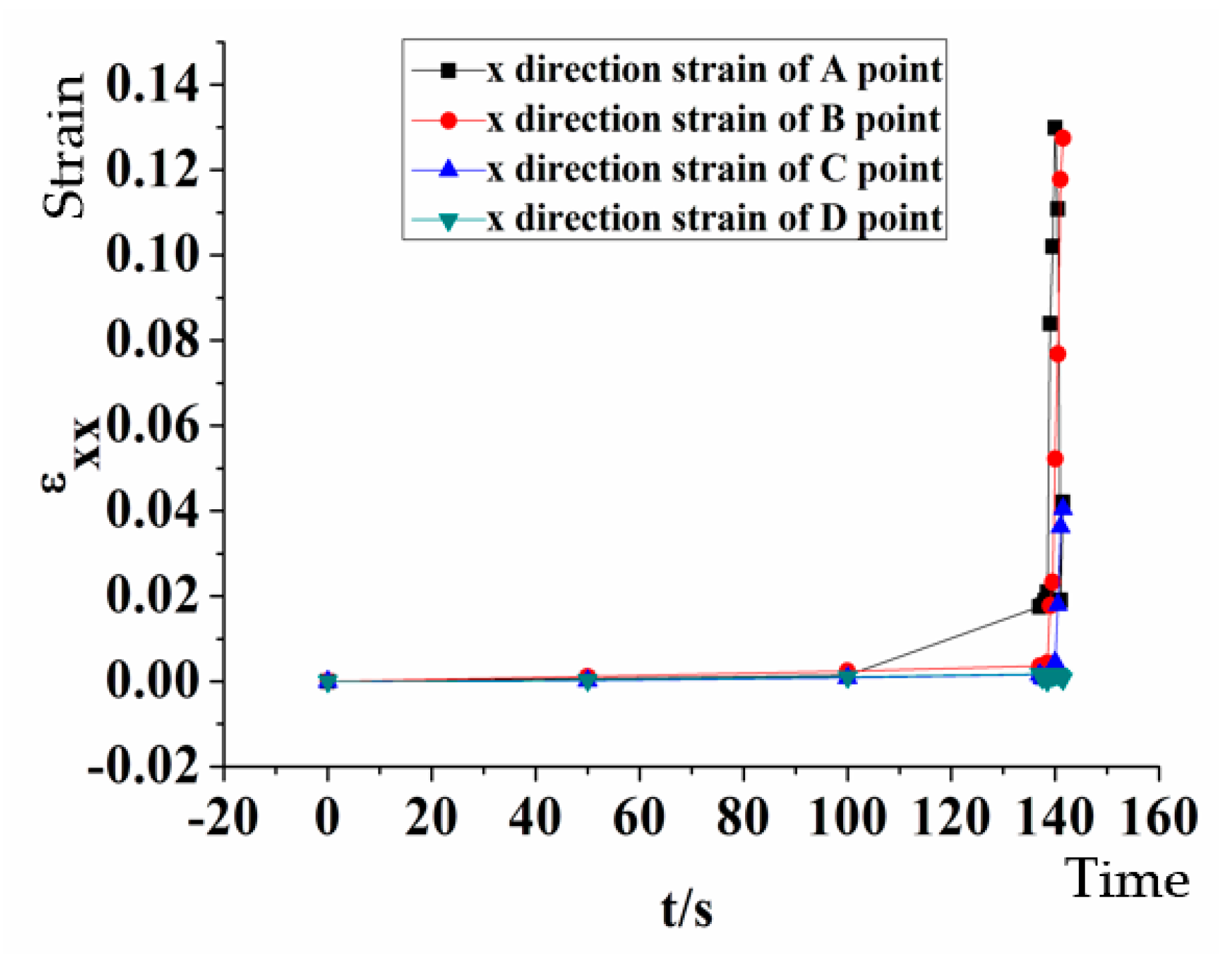
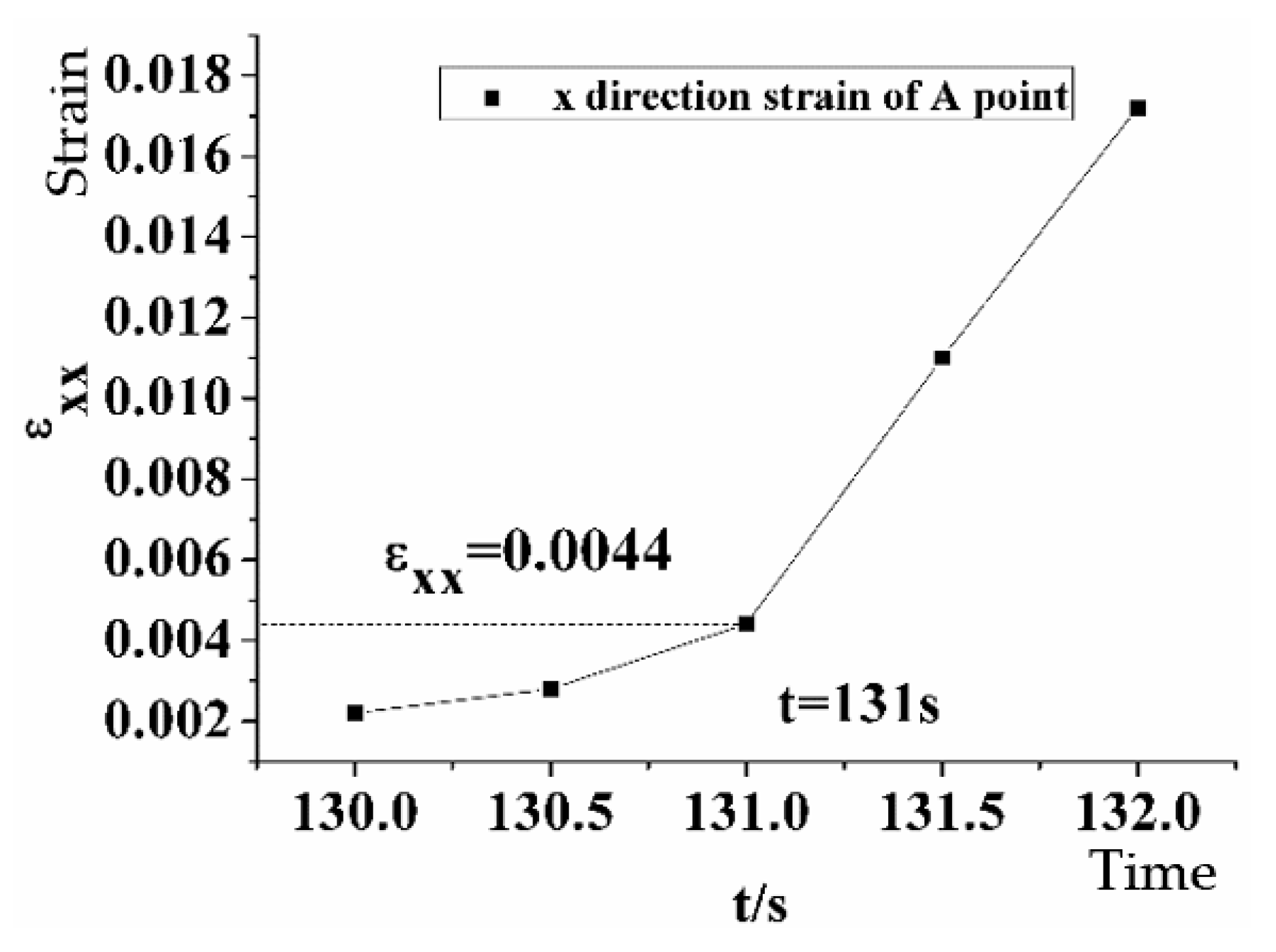
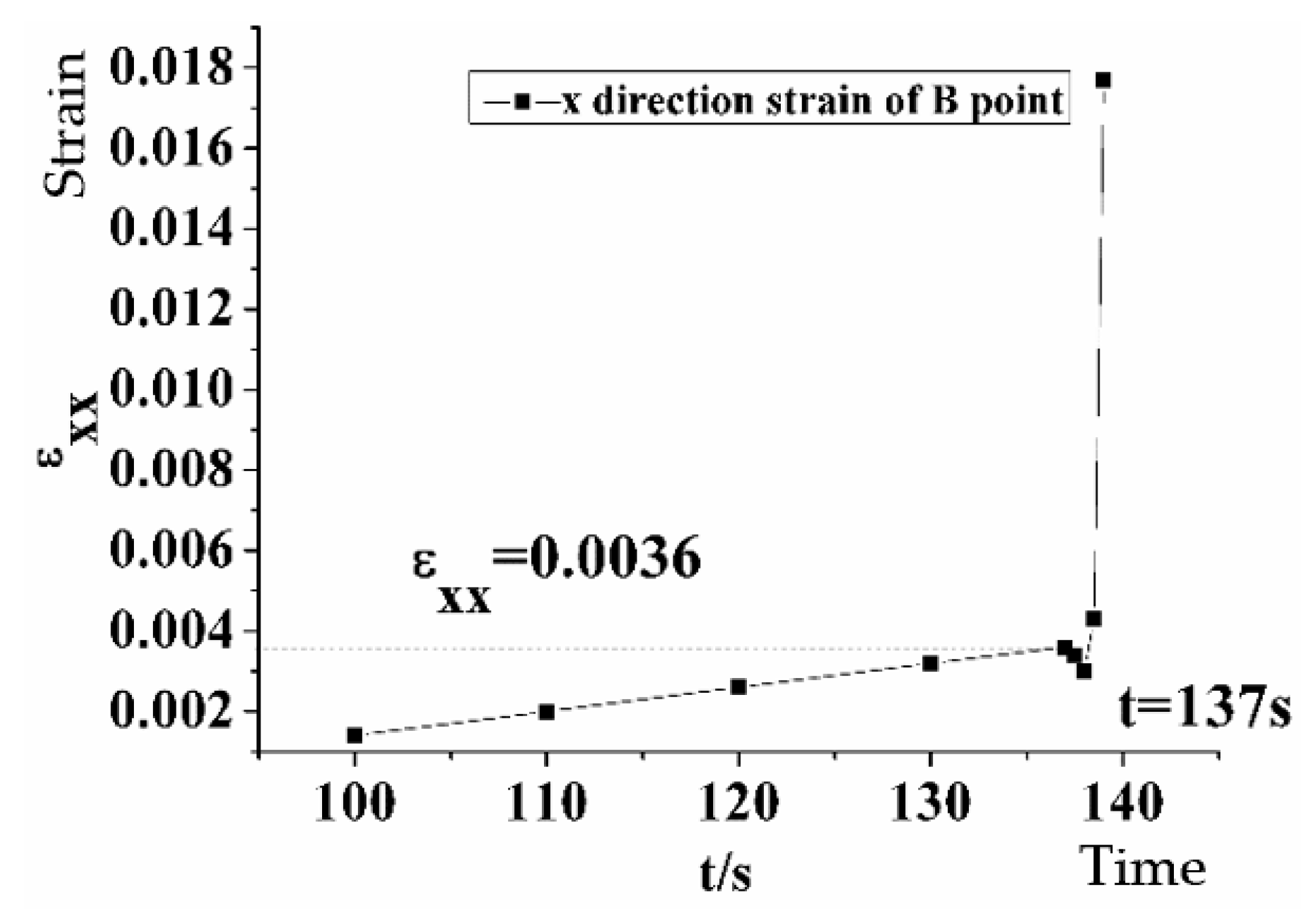
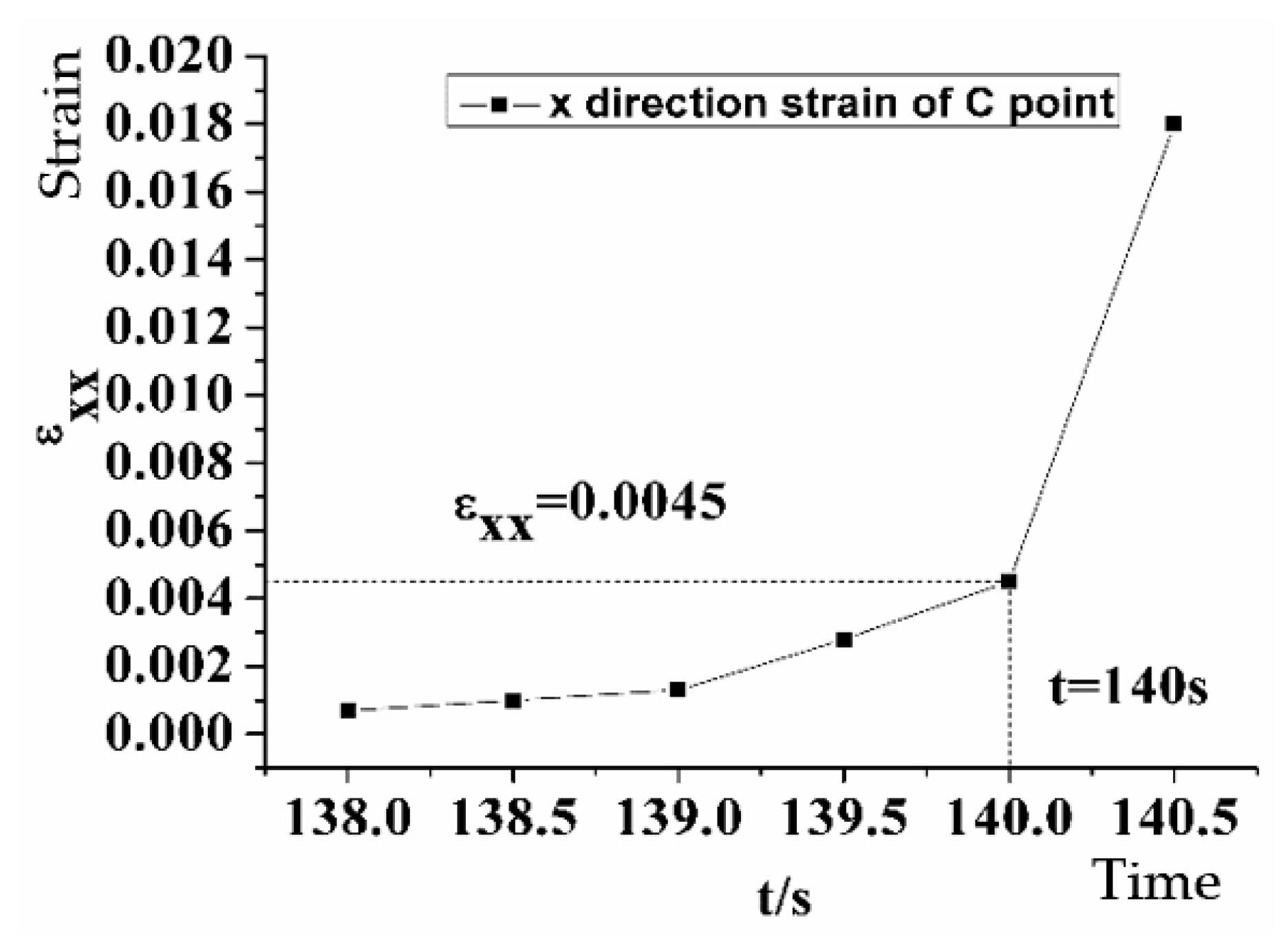
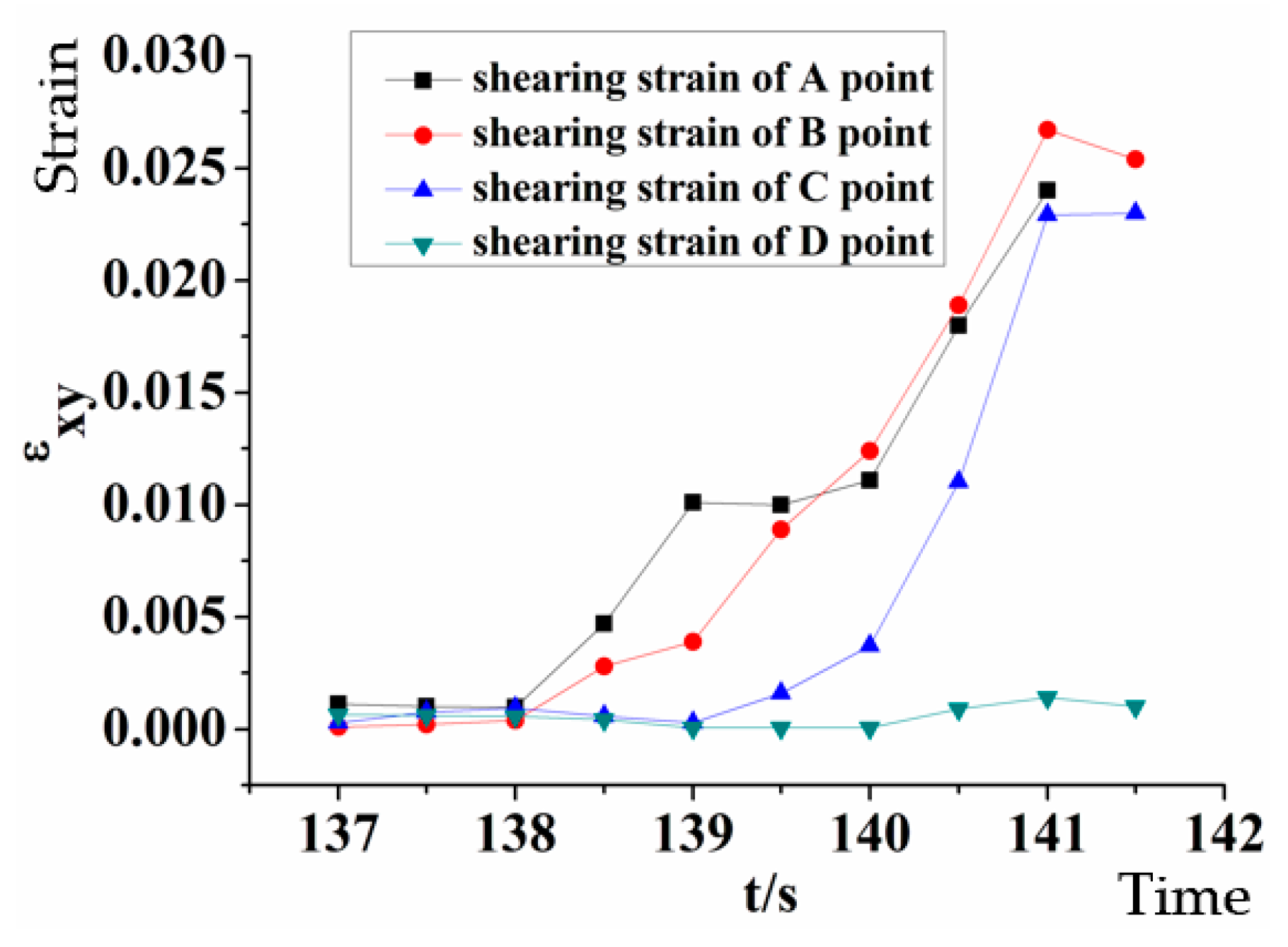
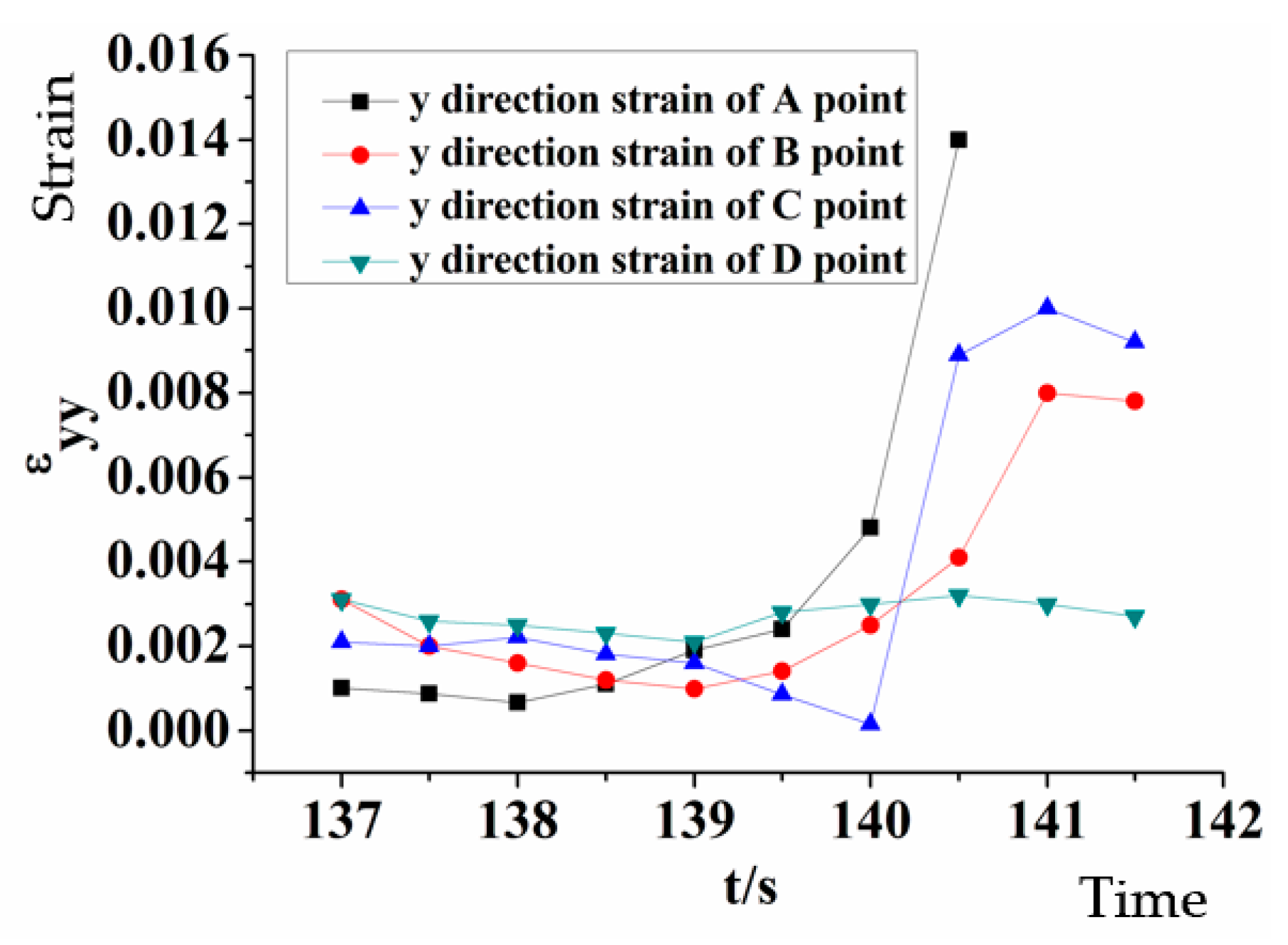
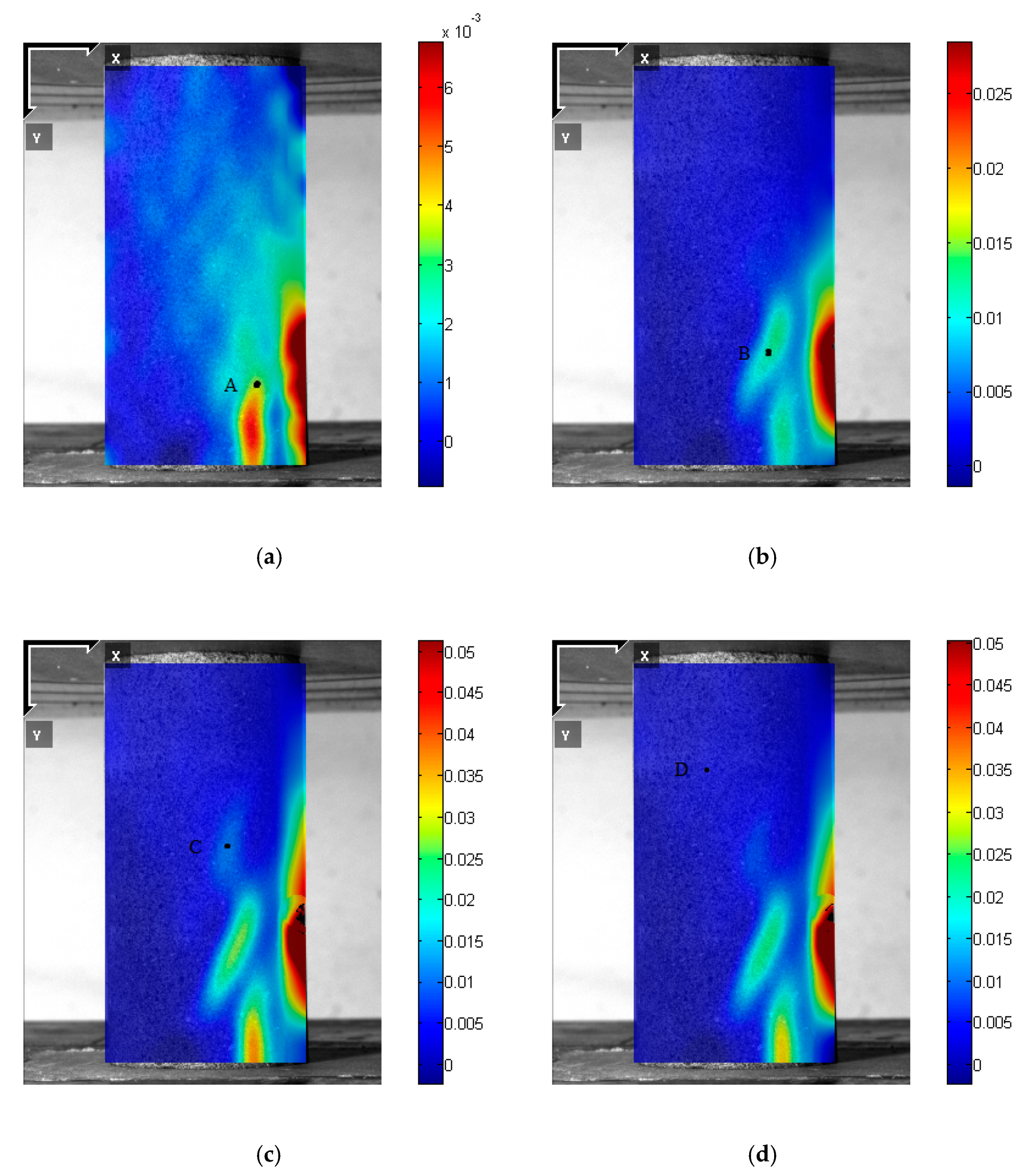
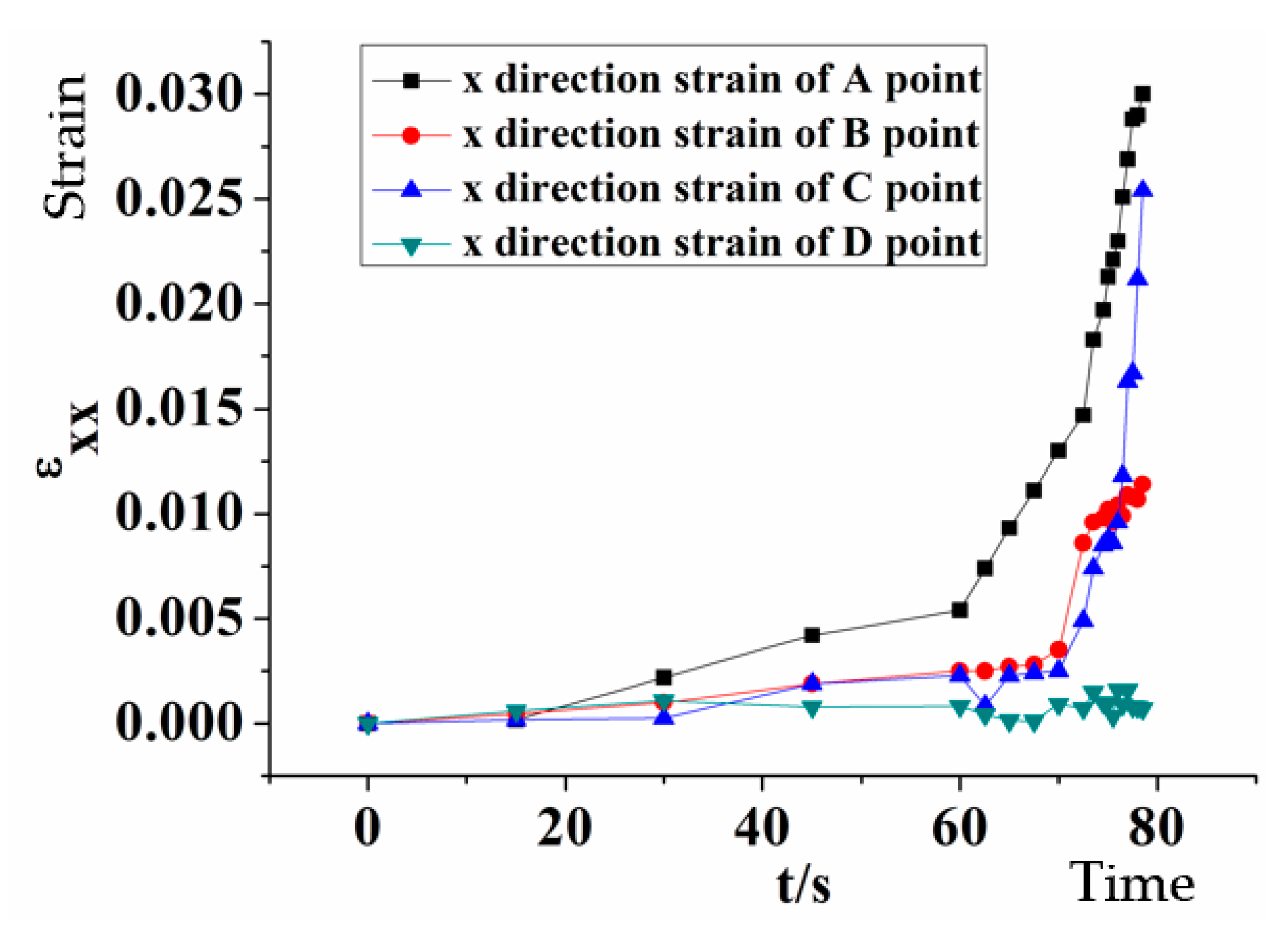
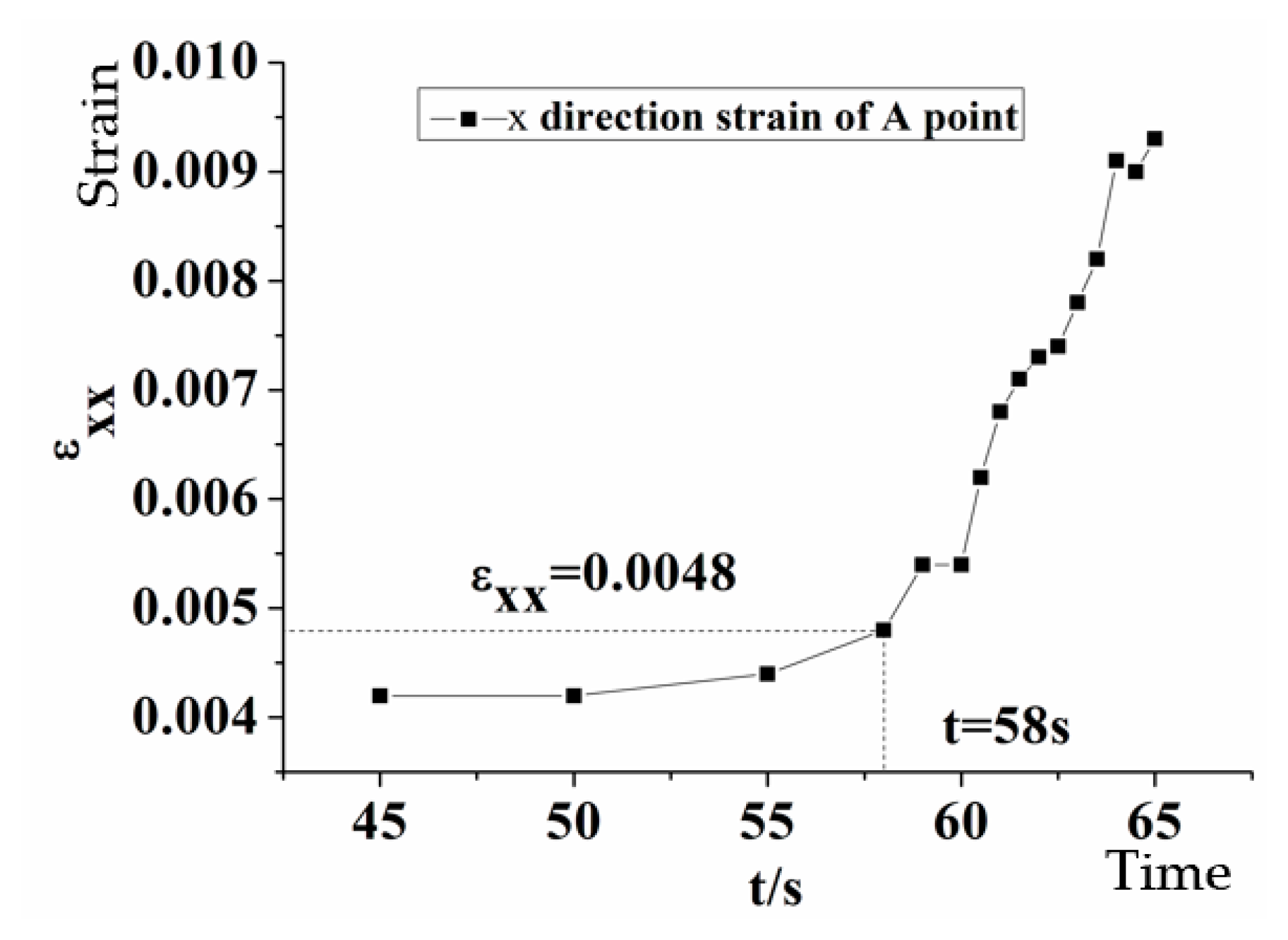
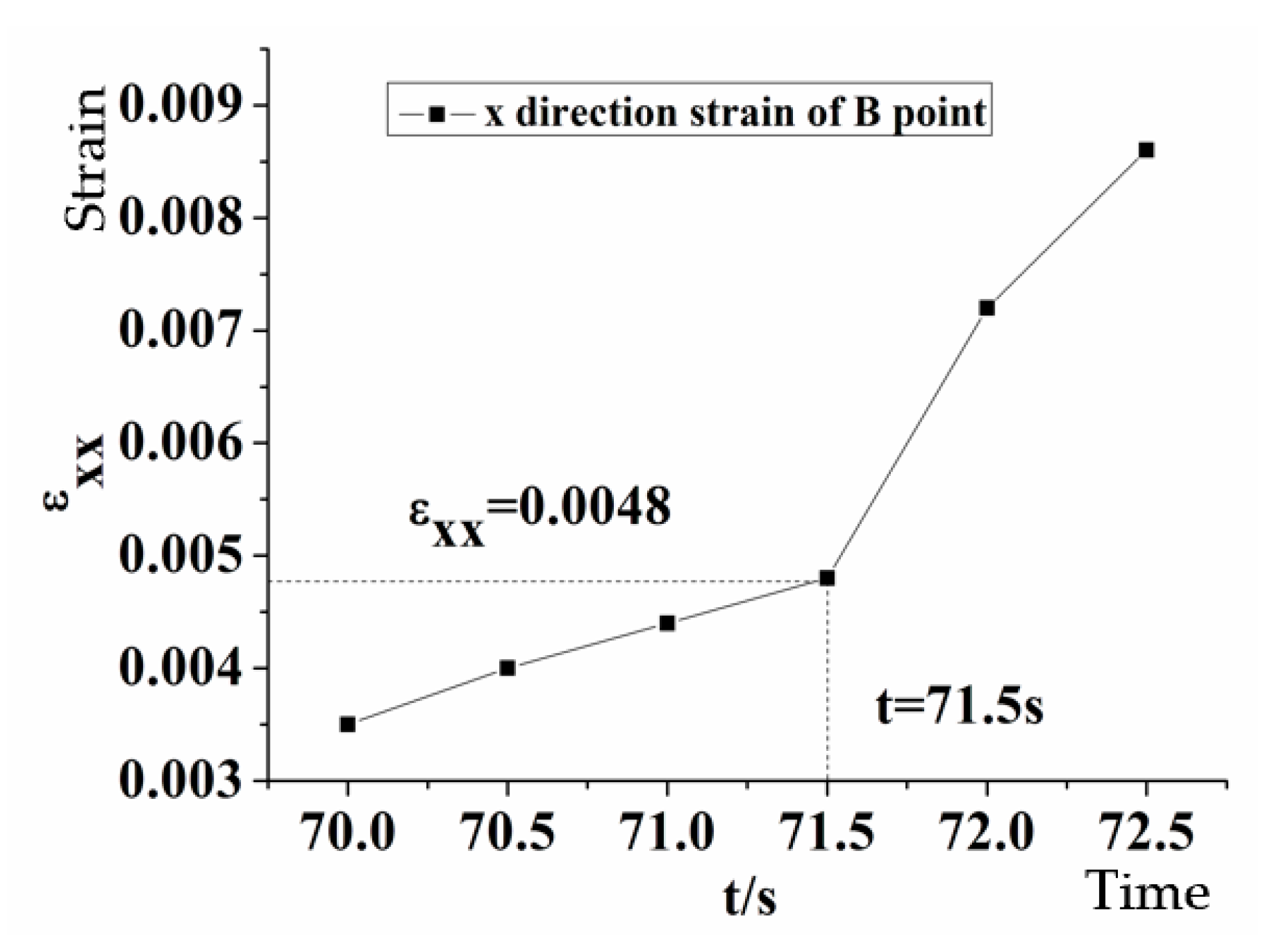
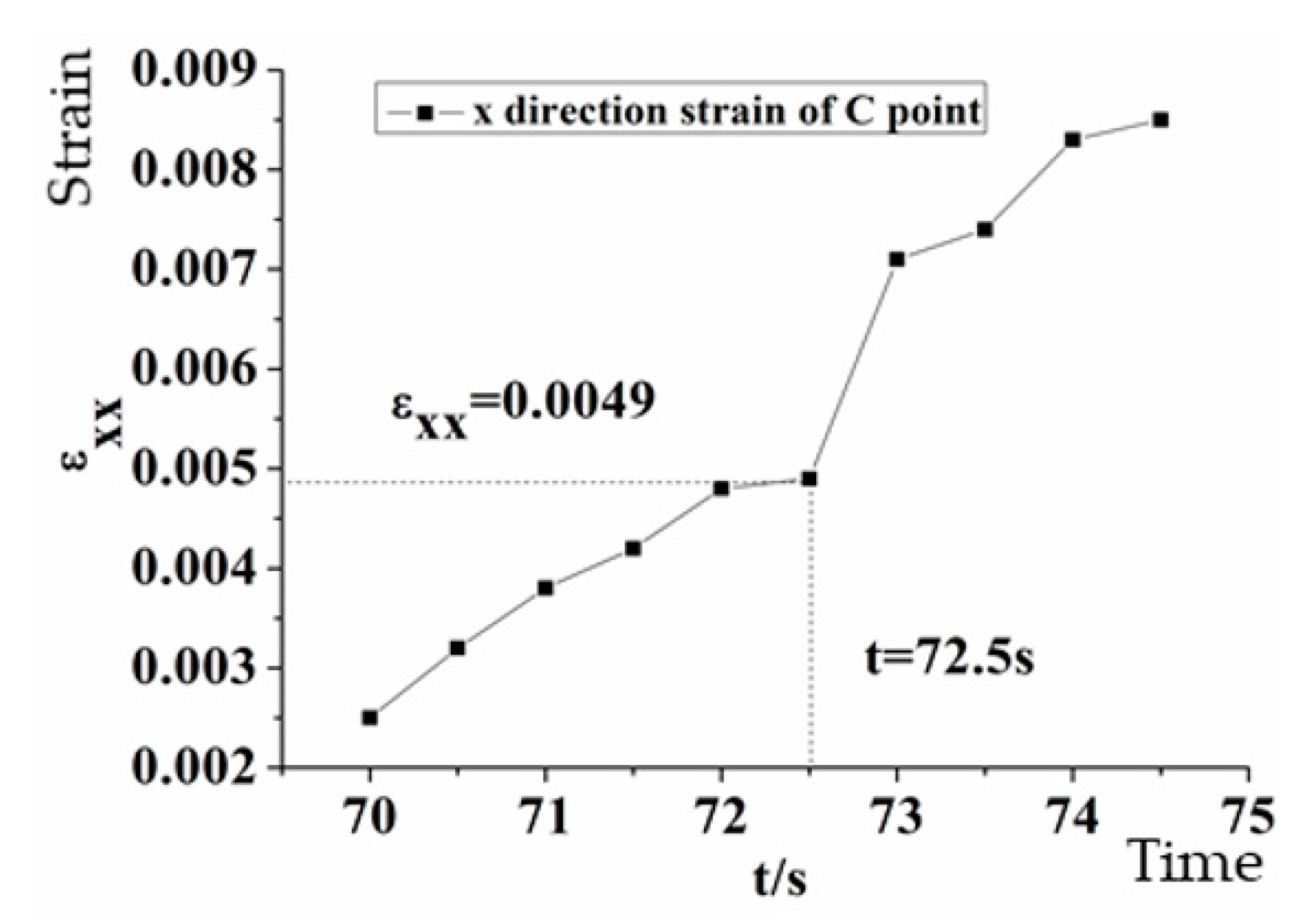
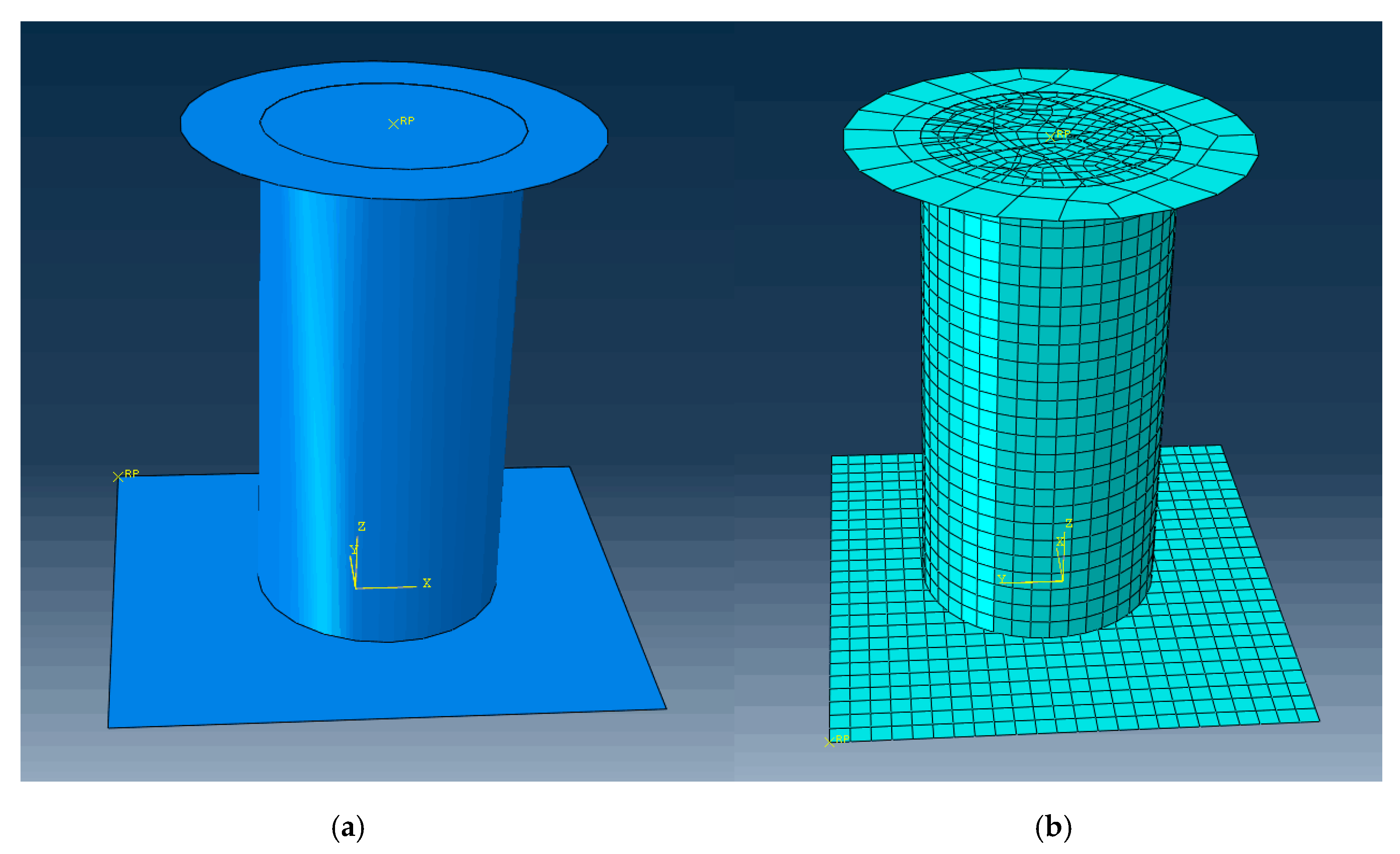
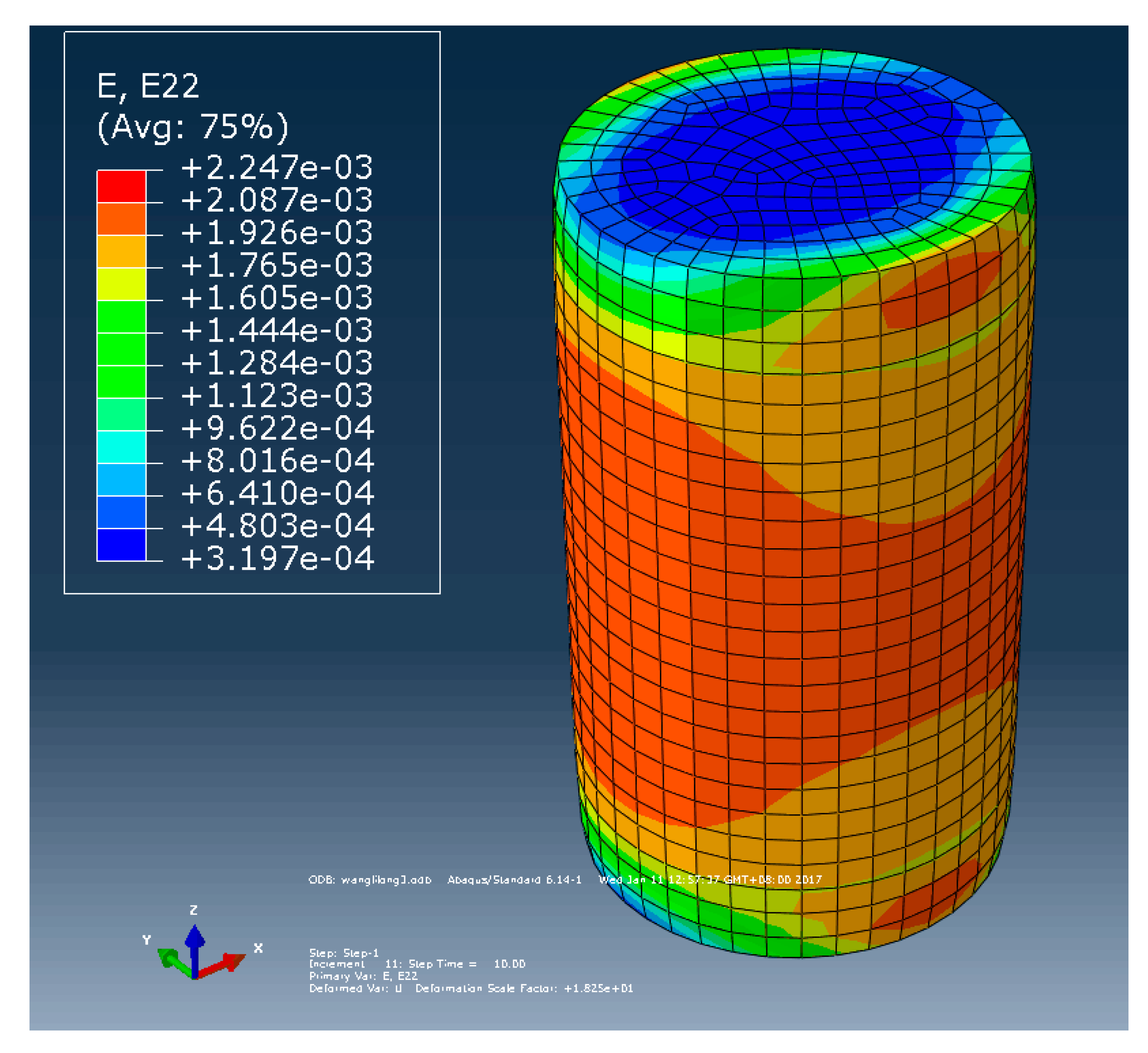
© 2020 by the authors. Licensee MDPI, Basel, Switzerland. This article is an open access article distributed under the terms and conditions of the Creative Commons Attribution (CC BY) license (http://creativecommons.org/licenses/by/4.0/).
Share and Cite
Chen, F.; Wang, E.; Zhang, B.; Zhang, L.; Meng, F. Prediction of Fracture Damage of Sandstone Using Digital Image Correlation. Appl. Sci. 2020, 10, 1280. https://doi.org/10.3390/app10041280
Chen F, Wang E, Zhang B, Zhang L, Meng F. Prediction of Fracture Damage of Sandstone Using Digital Image Correlation. Applied Sciences. 2020; 10(4):1280. https://doi.org/10.3390/app10041280
Chicago/Turabian StyleChen, Fanxiu, Endong Wang, Bin Zhang, Liming Zhang, and Fanzhen Meng. 2020. "Prediction of Fracture Damage of Sandstone Using Digital Image Correlation" Applied Sciences 10, no. 4: 1280. https://doi.org/10.3390/app10041280
APA StyleChen, F., Wang, E., Zhang, B., Zhang, L., & Meng, F. (2020). Prediction of Fracture Damage of Sandstone Using Digital Image Correlation. Applied Sciences, 10(4), 1280. https://doi.org/10.3390/app10041280






